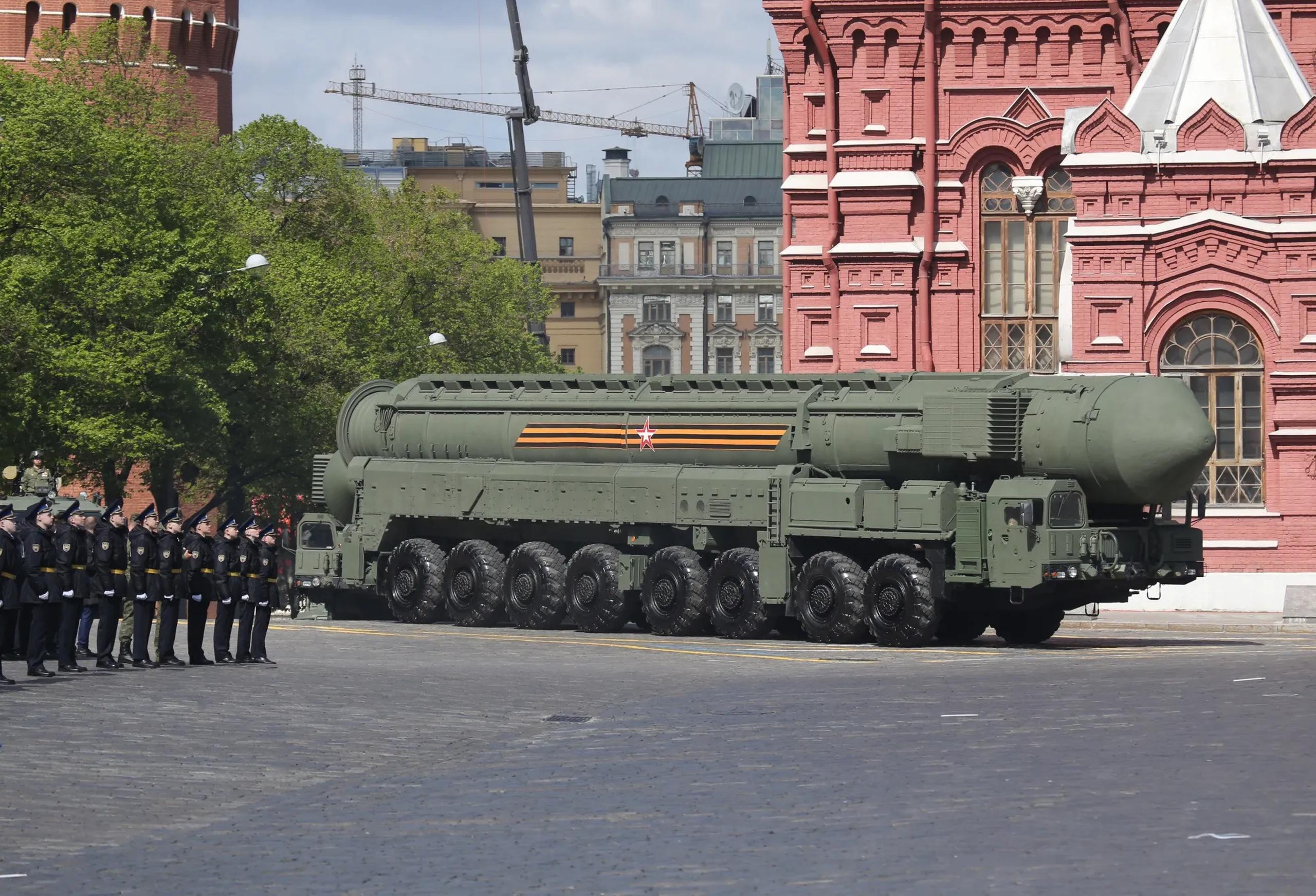Semi-cryogenic Integrated Engine and Stage Test facility at Mahendragiri to boost ISRO’s efforts to develop semi-cryogenic engines in India
The new Semi-Cryogenic Integrated Engine and Stage Test facility (SIET) at the ISRO Propulsion Complex (IPRC) in Mahendragiri, Tamil Nadu, is a major boost to the Indian Space Research Organisation’s (ISRO) plans for a reliable, home-grown semi-cryogenic engine for its launch vehicles.
ISRO’s SCE-200 semi-cryogenic engine

ISRO has been working on semi-cryogenic capabilities for some years now. The Semi-Cryogenic Propulsion System project envisions the design and development of a 2,000kN semi-cryogenic engine (SCE-2000) which will power the SC-120 rocket stage. In July 2023, the first hot test on an intermediate configuration of the semi-cryo engine was held at Mahendragiri.
Cryogenic engines, such as the one on the Geosynchronous Satellite Launch Vehicle (GSLV), use a propellant combination of liquid hydrogen and liquid oxygen. The semi-cryo system, on the other hand, uses refined kerosene (a rocket-grade version named ISROSENE by ISRO) and liquid oxygen. It is designed to provide heavy-lift capability to future space transportation systems like the New Generation Launch Vehicle (NGLV).
The SIET is capable of testing the SCE-2000 engine, various subsystems and the SC-120 rocket stage. Since the facility has twin test bays, both engine and stage development can be carried out parallelly, according to ISRO.
Latest Safety Systems
Standing 51 metres tall, the test structure is equipped to perform hot tests on semi-cryogenic engines and stages for 375 seconds. Fitted with the latest safety systems, it is also designed to withstand heavy thrust and vibrations during tests.
The IPRC Mahendragiri (formerly Liquid Propulsion Systems Centre, Mahendragiri) is located in Tirunelveli district of Tamil Nadu. It serves as the chief test hub for ISRO’s liquid propulsion systems.





















Discussion about this post